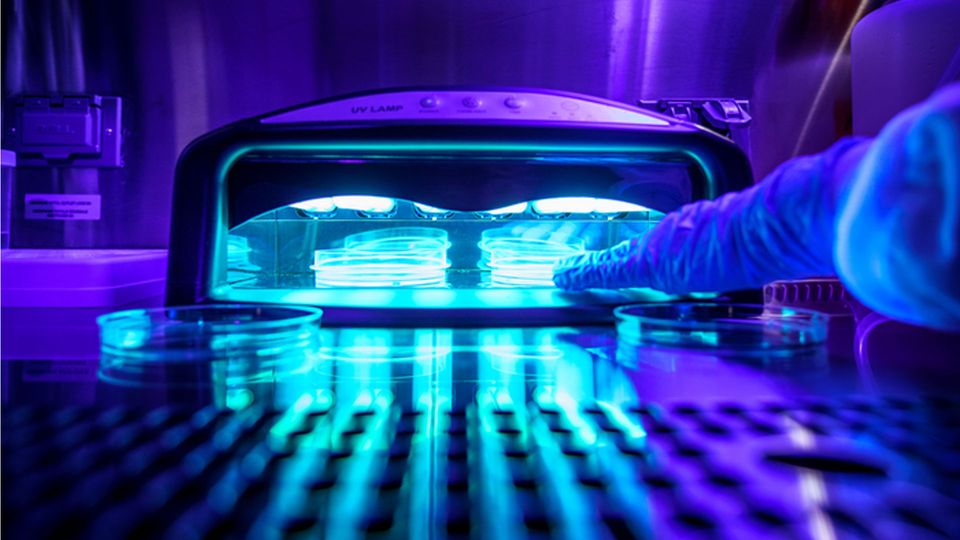
By Jemimah Chungu
In our increasingly connected world, technology is advancing at a breathtaking pace, and ultraviolet (UV) technology has emerged as a shining star. UV equipment, such as UV disinfectants, nail dryers, surgical instruments, lamps, and bulbs, has become an integral part of our daily lives. The global demand for UV products is soaring, with UV lamps estimated to reach approximately USD $3.9 million, and UV disinfectant equipment hitting USD $3.6 billion in 2022. These numbers are projected to keep climbing. But amid the allure of UV tech’s bright promise, the harsh impacts on both humanity and the environment often go unnoticed.
While UV technology’s radiant glow may captivate consumers, its environmental footprint is far from benign. UV technology, primarily driven by UV-A light, contributes to significant environmental degradation, from production to usage and disposal.
One of the most concerning aspects is UV technology’s role in ozone layer depletion and global warming. The Earth’s ozone layer acts as a protective shield, shielding us from the harmful effects of direct UV rays from the sun and helping to regulate global temperatures. The continued use and production of UV equipment exacerbate the thinning of the ozone layer, unleashing dire consequences on our environment.
Beyond the environmental issues, UV radiation poses significant health risks to humanity. Excessive exposure to UV-B rays, which are increasingly prevalent due to ozone depletion, can lead to various health problems, including skin cancer and premature aging of the skin. UV-B rays, traditionally known for causing sunburn, have now become even more hazardous as people spend more time outdoors, exposing more skin to their harmful effects.
The connection between UV radiation and human health is profound. Prolonged exposure to UV radiation has been linked to weakened immune systems and increased risks of skin cancer, posing a substantial threat to public health.
While UV technology has undoubtedly revolutionized various industries and improved our lives in many ways, it’s essential to balance its benefits with the potential risks it poses. Environmental sustainability and health awareness should guide the development and use of UV technology.
Efforts to mitigate UV technology’s environmental impacts should be a priority. Innovations in eco-friendly UV tech, sustainable production practices, and stringent recycling methods can help reduce its carbon footprint.
At the individual level, taking measures to protect ourselves from UV radiation is crucial. Awareness and preventive measures, such as using sunscreen and covering up when exposed to the sun, can help minimize the health risks associated with UV radiation.
As UV technology shines brighter than ever, it’s crucial to shed light on its shadowy consequences. We must acknowledge the environmental toll it exacts and the health risks it poses to humanity. The allure of innovation should be balanced with the responsibility to protect our environment and ourselves. By addressing the issues and working towards sustainable solutions, we can harness the potential of UV technology without compromising our well-being or the world we inhabit. UV technology, like any other advancement, should be a force for good, not a menace to our planet and people.

